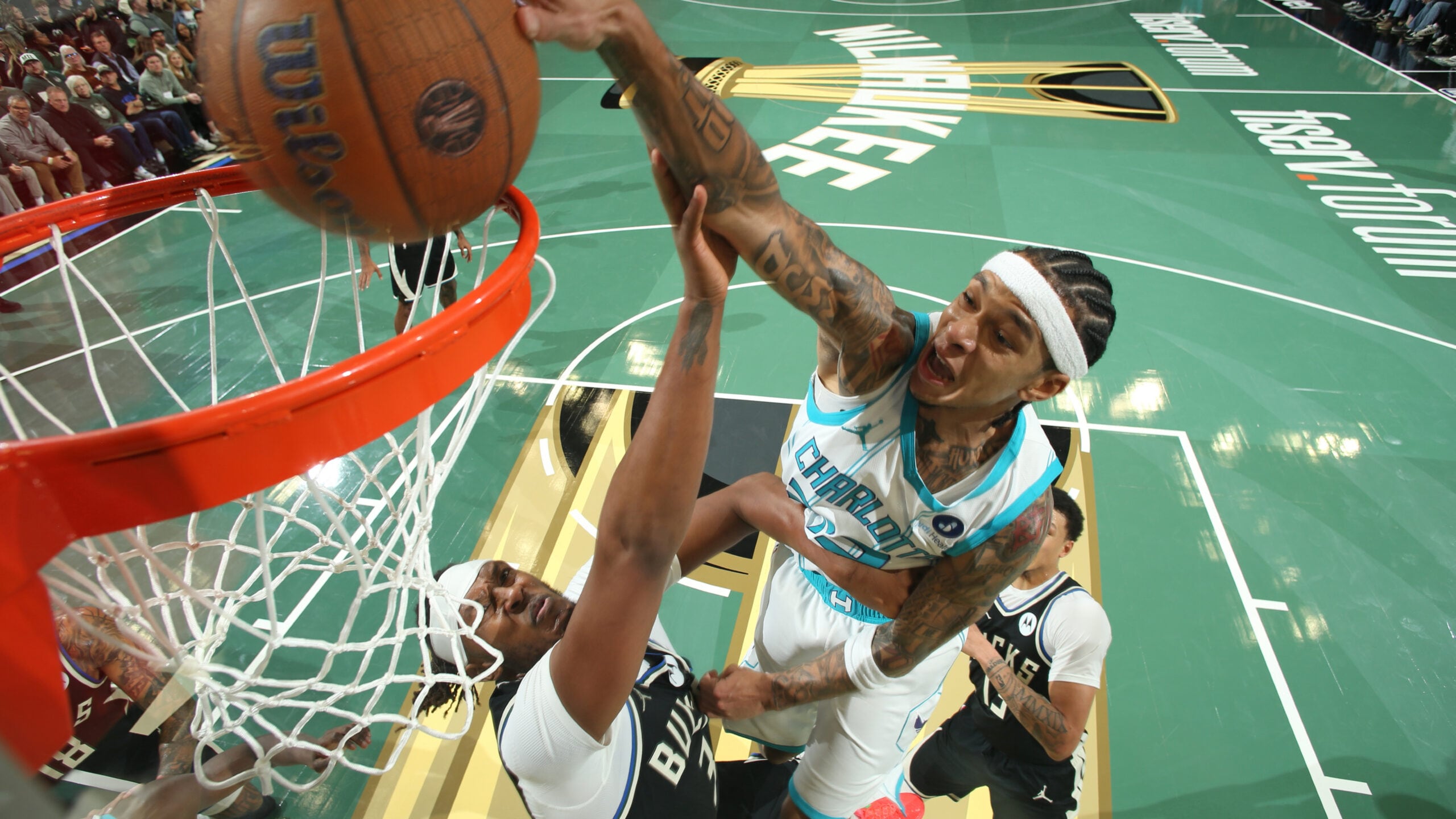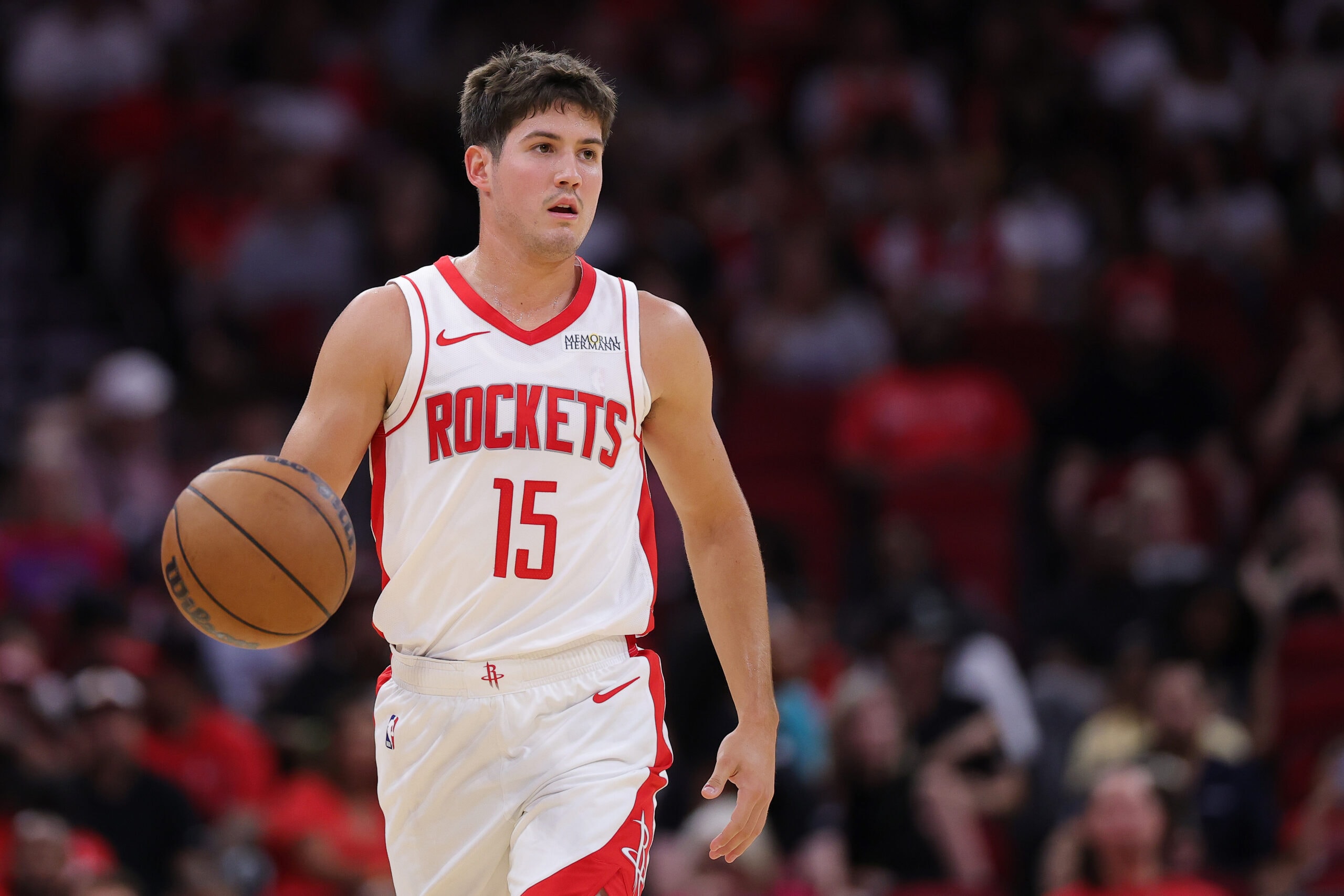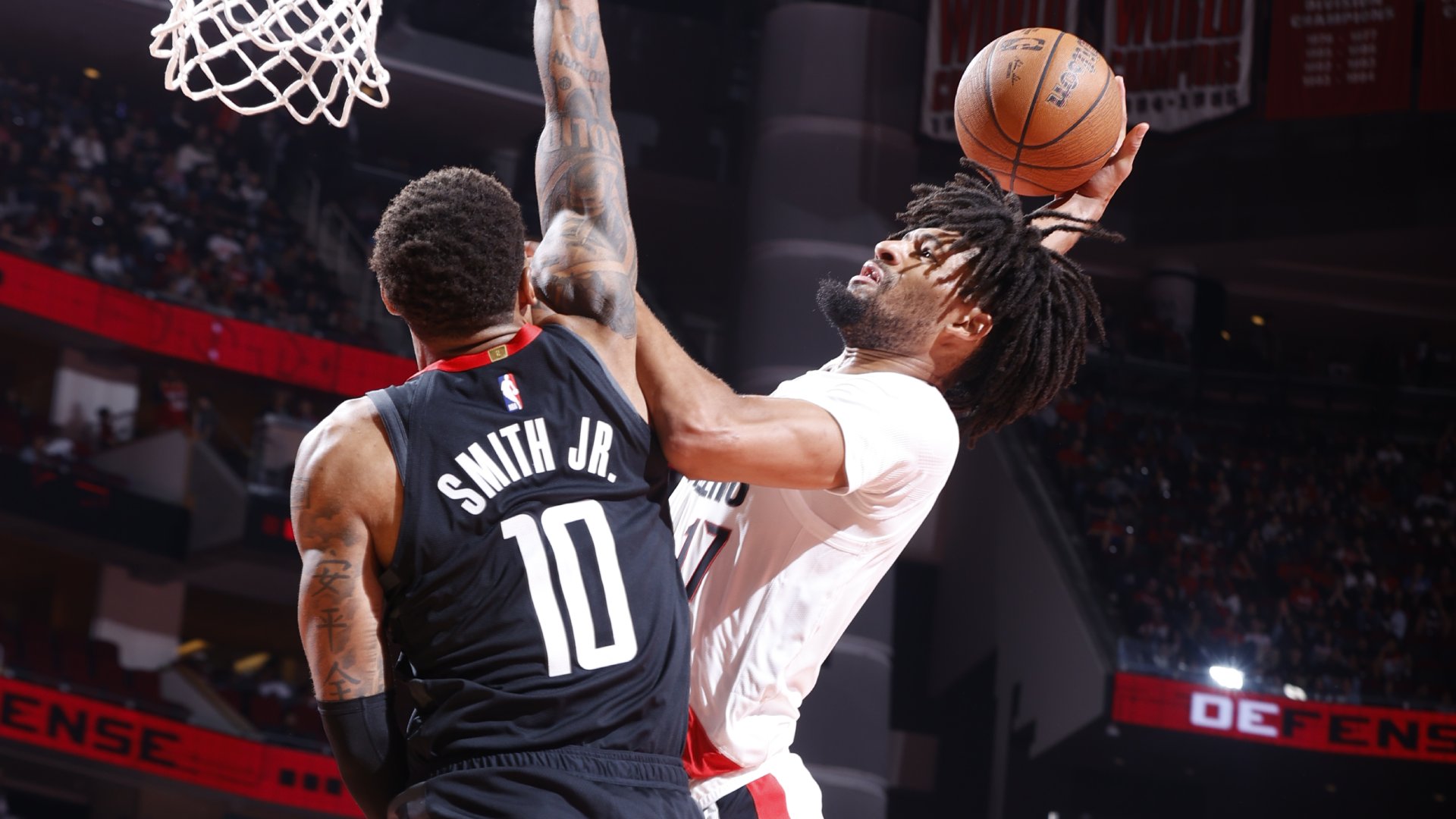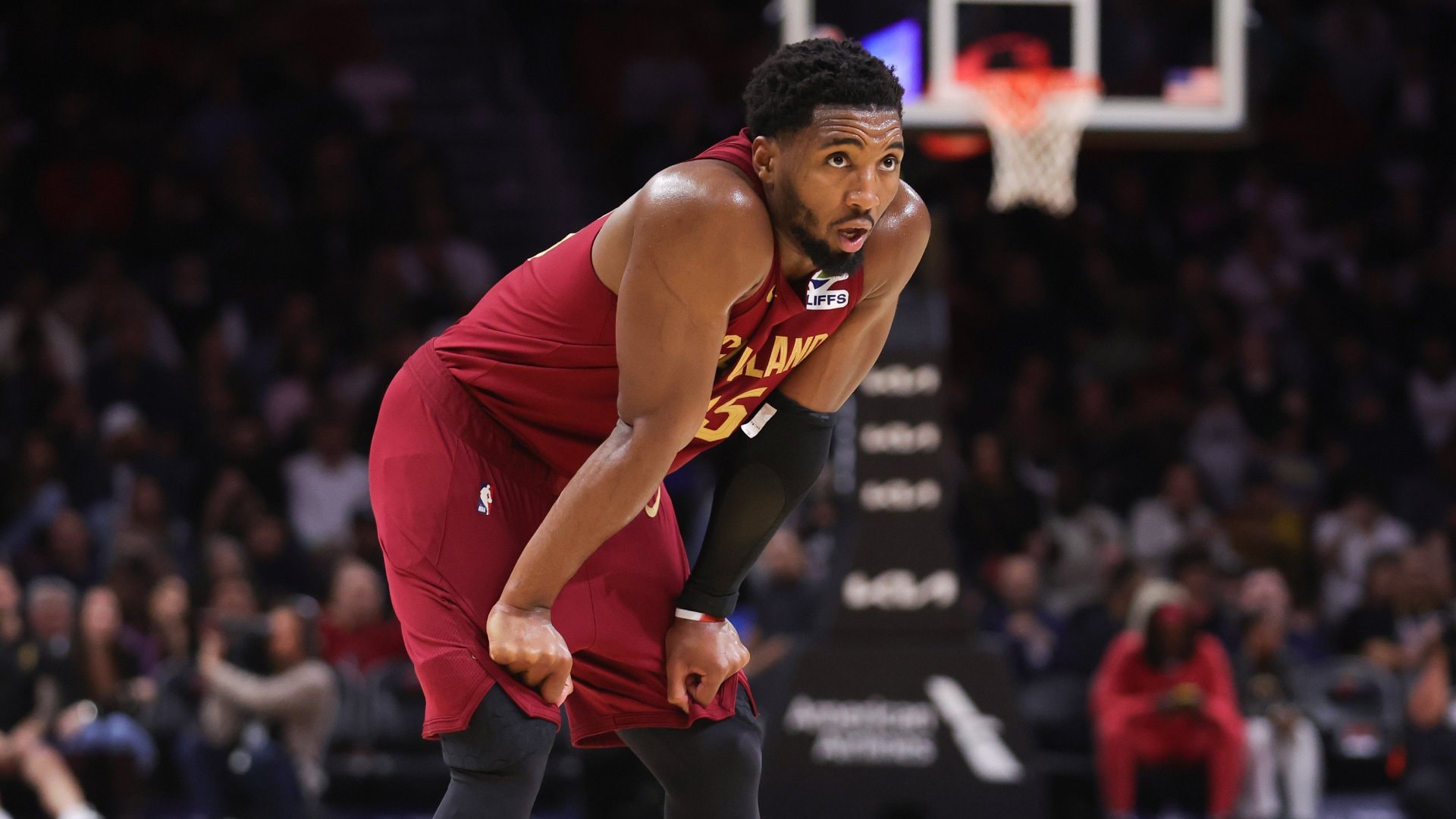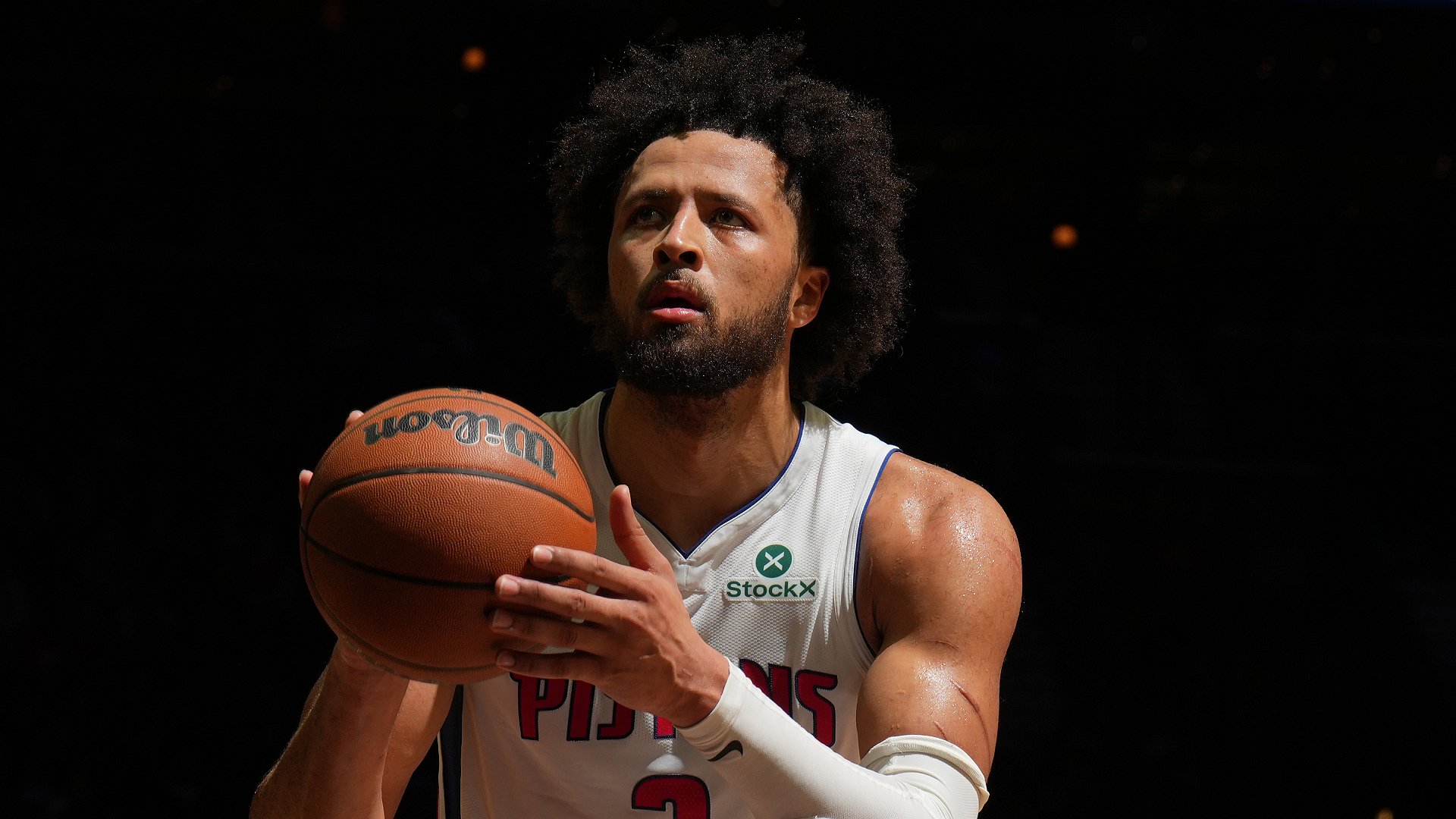NBA TV analyst Greg Anthony and coach Phil Handy discuss potential adjustments that could open up the Thunder offense in Game 2.
OKLAHOMA CITY – Other measures of time long have gotten their due. What a difference a day makes, for instance. In the midnight hour. A New York minute. The examples are endless.
But it’s going to be up to a songwriter based in Indianapolis, perhaps, to properly celebrate and immortalize that teeny, tiny sliver of the clock – 0.3 seconds – that changed everything Sunday night in the opening game of the 2025 NBA Finals.
That was the total of the Indiana Pacers’ time leading Game 1 Thursday at Paycom Center, and it “all” came at the end. Tyrese Haliburton’s 21-foot jump shot beat the clock and the Oklahoma City Thunder in his team’s 111-110 comeback victory.
The moment sent the Thunder retreating to a frantic timeout with stunned looks on their faces, hoping to inbound and score what likely felt like a medicine ball at that point. The crowd got instantly posterized, providing an anxious backdrop for Haliburton’s shot, not unlike those Salt Lake City fans 27 years ago near the end of Game 6.
And the script of the series, even at such an early stage, got flipped. Whatever mistakes the Pacers had made through 47 minutes, 57 seconds got washed away, while each decision from Thunder coach Mark Daigneault and his staff immediately went on the table for dissection.
The tone and the arc of what’s to come in this Finals have changed from what they had been since the matchup got set last weekend. Underdog Indiana? Maybe not so much now. Steamroller OKC? Might want to check that bravado. There is a must-win Game 2 at hand Sunday (8 p.m. ET, ABC), but it now weighs on the Thunder, not the Pacers.
Here are four things to look for as the teams respectively try to maintain or alter the trajectory set in that breathtaking 0.3 seconds:
1. Watch OKC’s lineup alterations
Center Isaiah Hartenstein started 53 of his 57 regular-season games despite injuries and all 16 playoff games in which he appeared before Game 1. The Thunder’s record when he did so: 57-12. But they’re 0-1 in the Finals after Daigneault opted to go smaller, inserting guard Cason Wallace into the starting lineup and breaking up the two-bigs tandem of Hartenstein and Chet Holmgren. Wallace started in Hartenstein’s place, the idea being to better cope with Indiana’s speedy pace and match up with the personnel.
How’d it work out? Fine, if you focused on Indiana’s 20 turnovers in the first half, after which OKC led 57-45. But not so fine if you paid attention to the glass, where the Pacers outrebounded the home team 56-39.
Holmgren, part of OKC’s purported Big 3, averaged 16.4 points and 8.6 rebounds through the first three rounds. But he finished with six and six while playing less than 24 minutes on Thursday. Hartenstein was on the court for 17 minutes, his nine points and seven boards fine if extrapolated to his usual 28 minutes, but not enough in the short stint.
The breakdown is simple: the Thunder were 37-3 in the regular season when grabbing as many or more rebounds and 8-1 in the playoffs. They’re a .500 team this spring, just 4-4, when they don’t. Worth remembering, too, that some of New York’s most effective minutes against Indiana came with bigs Mitchell Robinson and Karl-Anthony Towns on the floor together.
2. Pacers keep shorter leash on the ball
No NBA team had turned over the ball 20 times or more in the first half of a game in nearly 18 years, when the New Jersey Nets coughed it up at that rate against Miami in an inconsequential November 2007 game. Indiana’s offense chose the opener of the 2025 Finals to match that.
It was an on-brand start for the Thunder’s flypaper defense but wholly uncharacteristic of the Pacers, who tend to be more precise within their up-tempo attack.
As Haliburton said, “We like controlled chaos, but that was just chaos. Ugly.”
The blueprint for how Indiana will try to navigate against OKC’s top-ranked defense, which also led the NBA in turnovers sprung loose (17.0 per game), came after halftime. The Pacers slowed down ever so slightly, from 54 possessions to 47. They were more intentional with their passes. They stayed in their lane – deep-threat big Obi Toppin turned it over three times in five minutes in the first quarter, but not at all in his final 20 minutes.
3. Indiana’s shooting still biggest strength
All those turnovers cut short possessions for the Pacers, but the ones they played out to completion went rather well. They reached 110 points by the slimmest of margins – that Haliburton game-winner – to keep intact their scoring barometer: Indiana went 45-23 when it scored at least 110 points in the season and is 13-0 so far in the playoffs when reaching that bar. When falling short, it is a combined 5-14.
The same goes for the accuracy of the Pacers’ shots. They have hit 49.6% of their field-goal attempts overall, including a blistering 40.5% on threes, with a 61.2% true shooting percentage. That puts them atop all three categories in the playoffs. In the regular season, the Pacers ranked third, ninth and fifth respectively.
So, coach Rick Carlisle and his crew seemingly have used the extra prep time of the postseason and repeat exposures to opposing defenses to find soft spots for the best possible looks. As with the point total threshold, they are 13-0 when shooting at least 45% from the floor or better than 33% from the arc.
Oklahoma City would be well-advised to focus a little less, perhaps, on getting Indiana to cough up the ball and more on contesting and running Pacers shooters off their spots. In that second half of Game 1, the Pacers shot 51.1%, hit half of their 20 3s and outscored the Thunder 66-53.
4. SGA plays more off the ball
Shai Gilgeous-Alexander looked like his Kia MVP self as a high-volume shooter and scorer, putting up 38 points in the opener on 14-of-30. But in his 39-plus minutes, he passed for just three assists, less than half his season average. And the Thunder had only 13 assists on their 39 field goals, far fewer than the 26.9 assists they averaged during the season.
In fact, OKC threw just 208 passes in the entire game. That’s one way to limit your turnovers to just seven, but it went way beyond that. According to ESPN, that was the fewest passes for any team in any game, all season. And the second-fewest in a playoff game since the league began collecting tracking data in 2013-14.
Having Gilgeous-Alexander initiate so much of its offense enabled Indiana to direct its defense to thwarting or stymying him, not just as a shooter but as a passer. Teammate Jalen Williams led the Thunder with six assists, right at his average, but he might have to do more playmaking to mix things up. The OKC bench, in a combined 71 minutes, produced just two assists.
* * *
Steve Aschburner has written about the NBA since 1980. You can e-mail him here, find his archive here and follow him on X.
The views on this page do not necessarily reflect the views of the NBA, its clubs or Warner Bros. Discovery.





